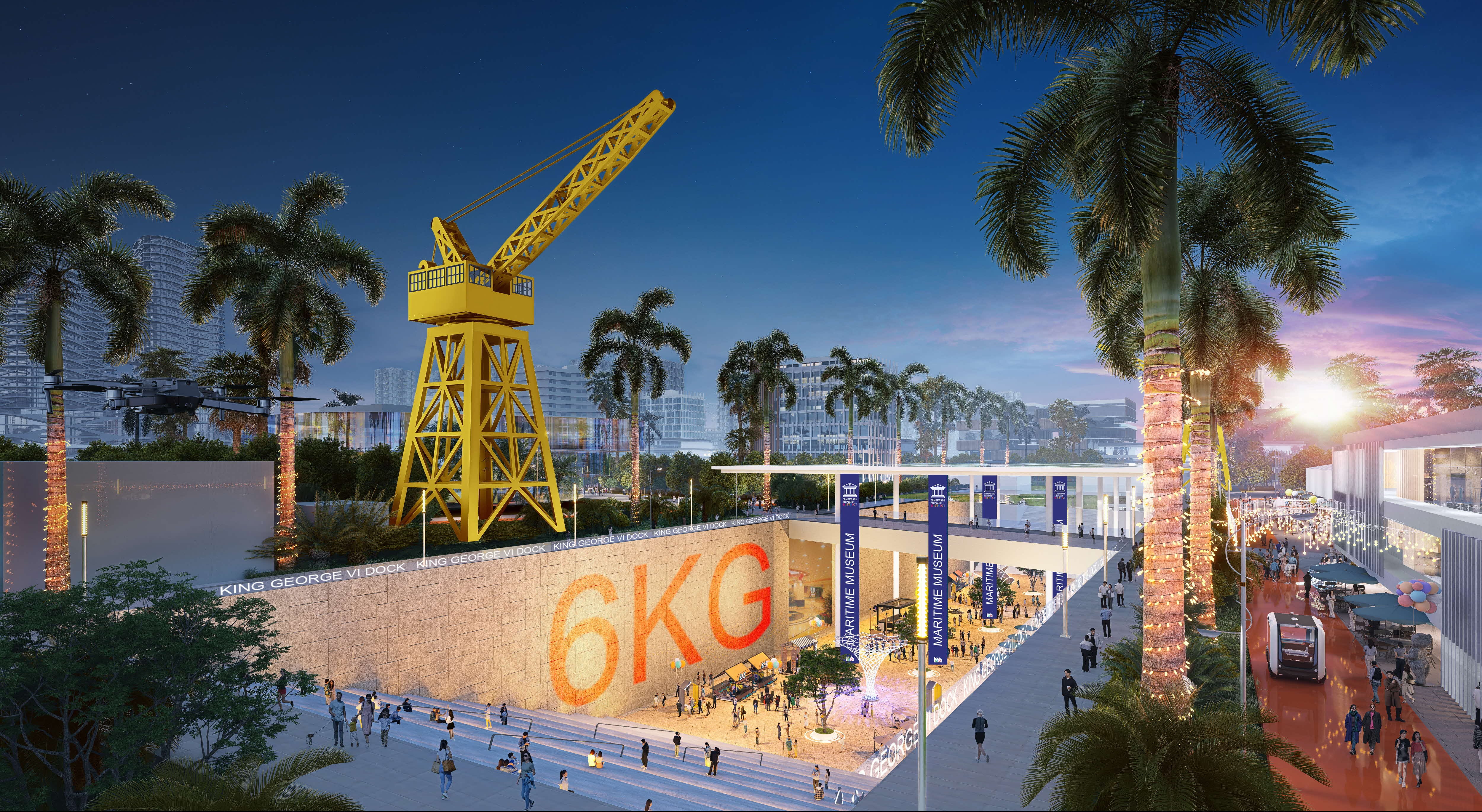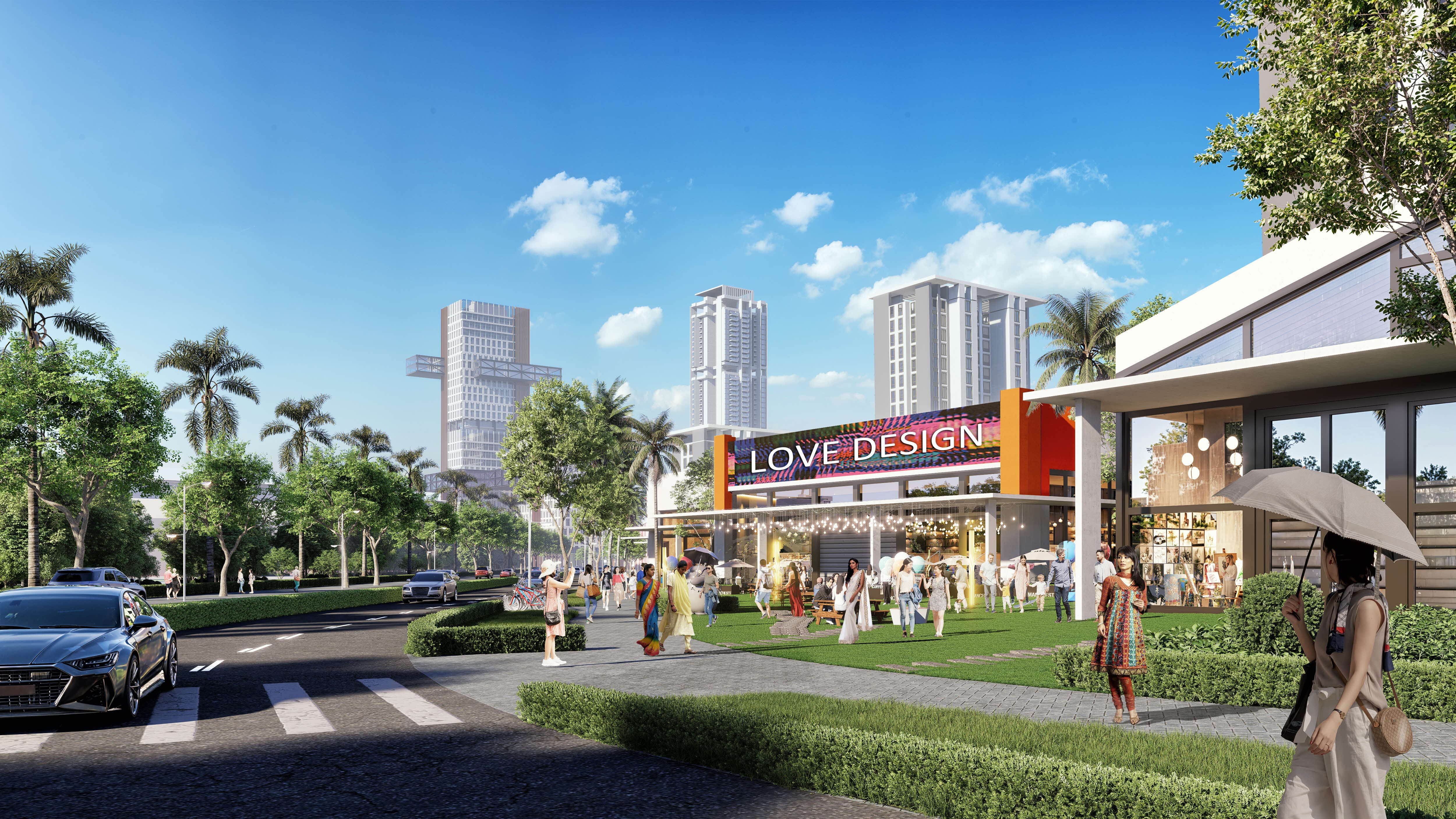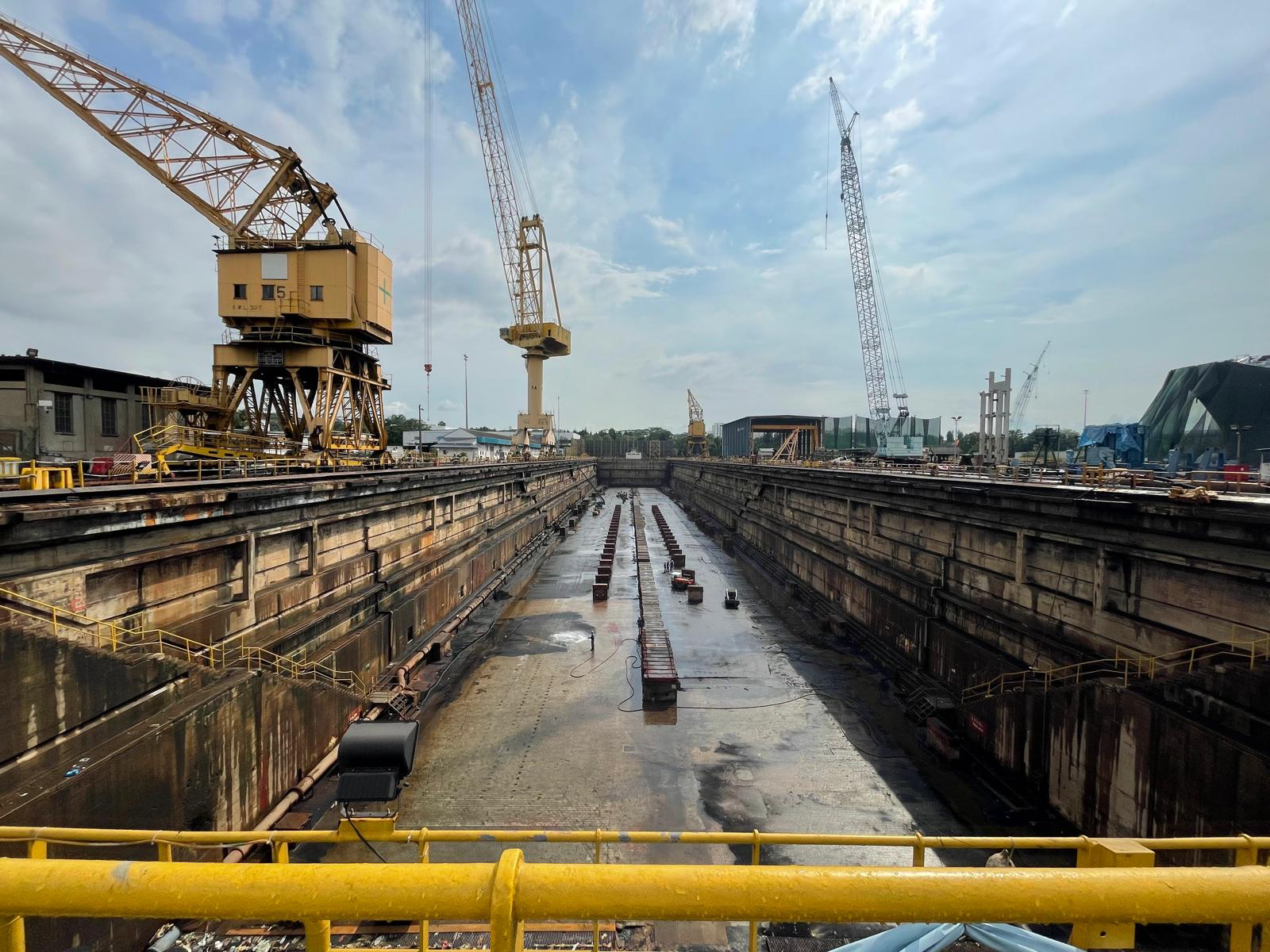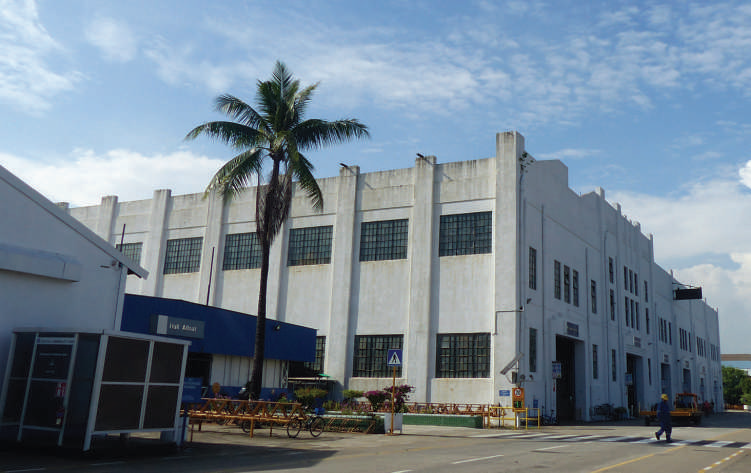- Home
- Regional Plans
- North Region
- Sembawang Shipyard
Sembawang Shipyard
The Sembawang Shipyard is envisioned to be a mixed-used waterfront lifestyle district with a unique maritime character.
On this page
Anchoring new aspirations
Join us in imagining how we can transform this area of significance for Singapore as a maritime nation. As operations in the Sembawang Shipyard wind down in 2028, the area is set for transformation into a mixed-use waterfront lifestyle district with rich and unique maritime character!
Sailing through the times
A site of significance in Singapore’s pre- and post-independence history, Sembawang Naval Base was established by the British in 1938. In 1968, Britain transferred the dockyard to Singapore, where it became a commercial shipyard which contributed to the growth of Singapore's maritime industry.
President Sheares officially opened Sembawang Shipyard in 1971.

Source: NAS
Prime Minister Lee Kuan Yew at the opening of the Premier Dock in 1975. The Premier Dock was constructed to cater to the repair market for very large crude carriers.

Source: NAS
The shipyard set up its own apprenticeship training centre in 1972. Trainees who completed these apprenticeship programmes formed the backbone of Singapore’s maritime industry in the 1980s and 90s.

Source: NAS
Deputy Prime Minister and Minister for Defence Goh Chok Tong at the opening of the Republic Dock in 1990. The Republic Dock was commissioned to accommodate a new influx of wide-beamed vessels in the market.

Source: NAS
Sembawang Shipyard has continued to be a major player in Singapore’s maritime industry for over three decades.

Source: NAS
Envision future possibilities
The Singapore Institute of Architects (SIA) and the Singapore Institute of Planners (SIP) have each developed ideas on how the future of the Sembawang Shipyard area could look like.
W.H.A.R.F 27 by the Singapore Institute of Architects

Source: Scheme proposed by Singapore Institute of Architects
The Waterfront Heritage Arboretum for a Resilient Future (W.H.A.R.F) aims to become a modern mixed-use hub with an industrial wharf character. SIA envisions combining environmental sustainability, cultural preservation and community engagement.

Source: Scheme proposed by Singapore Institute of Architects
A live-in Heritage Waterfront Town by the SIP

Source: Scheme proposed by SIP
A district known for its rich maritime history and iconic industrial buildings from the past, SIP envisions Sembawang Shipyard becoming a heritage waterfront town, to set a new standard for liveability, sustainability and heritage conservation.

Source: Scheme proposed by SIP
Unlocking new opportunities
We can capitalise on the area’s coastline to bring residents and visitors closer to the water’s edge. The publicly accessible promenades can be designed to have vibrant multi-generational recreational spaces alongside new commercial and cultural uses. There can also be markers and storyboards showcasing the area’s maritime history.

Source: Scheme proposed by Singapore Institute of Planners


Source: Scheme proposed by Singapore Institute of Architects

Where town meets sea
Urban living by the water’s edge
High-rise housing near water sports, or charming promenades with boathouses along the coast. These are some ideas for waterfront housing complemented with convenient amenities for shopping and dining as well as community facilities, all within a short walk.
.jpg)
Walkable from heartland to shore
Each neighbourhood could feature distinctive characteristics that integrate urban living with blue and green spaces. The natural terrain of the area presents a unique setting for lush trails and leisurely seaside paths for residents and visitors.

Embracing Sembawang’s maritime character
Future plans for the area aim to creatively integrate unique structures of special significance to Singapore’s maritime past with new developments to create a vibrant live, work and play district, with unique spaces for businesses.
King George VI Dock


The world’s largest dry dock when it opened in 1938, it measures 305 metres long, 40 metres wide and can contain almost 10 Olympic-size swimming pools. One idea is to turn it into a sunken public plaza for community sports and recreation.

Workshops and Warehouses


The former Naval Workshops and other similar buildings’ large, column-free spaces used to house machinery for vital ship components or were utility buildings. These high-ceiling spaces could be suitable as spaces for media production, start-ups and artists, alongside a mall with cafes and co-working spaces.

Sembawang Fire Station


Built in 1938, this Art Deco-Modern building is distinguished by a prominent tower where fire hoses were once hung to dry. The fire station closed in 2005, and the building was conserved two years later. It can be transformed into a community and lifestyle hub to serve as the local community as well as visitors to the Round Island Route.










